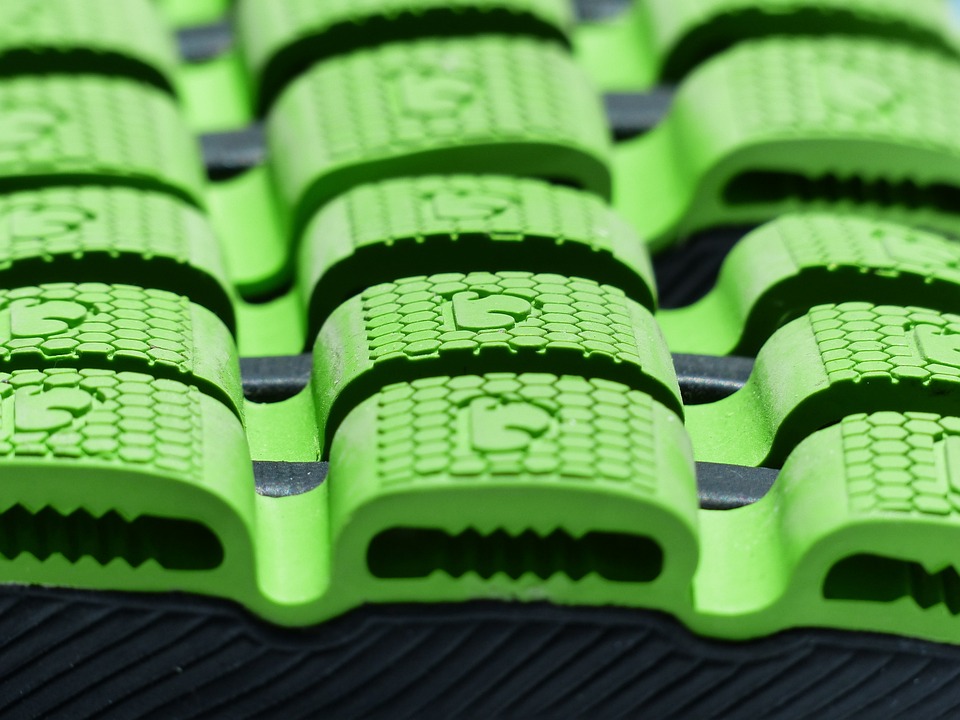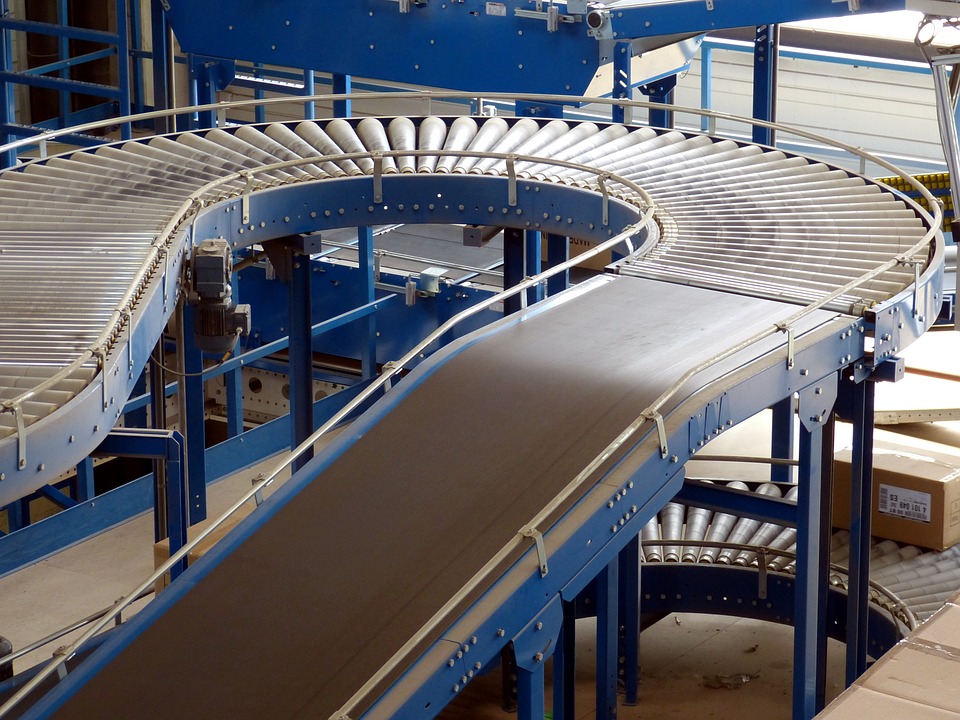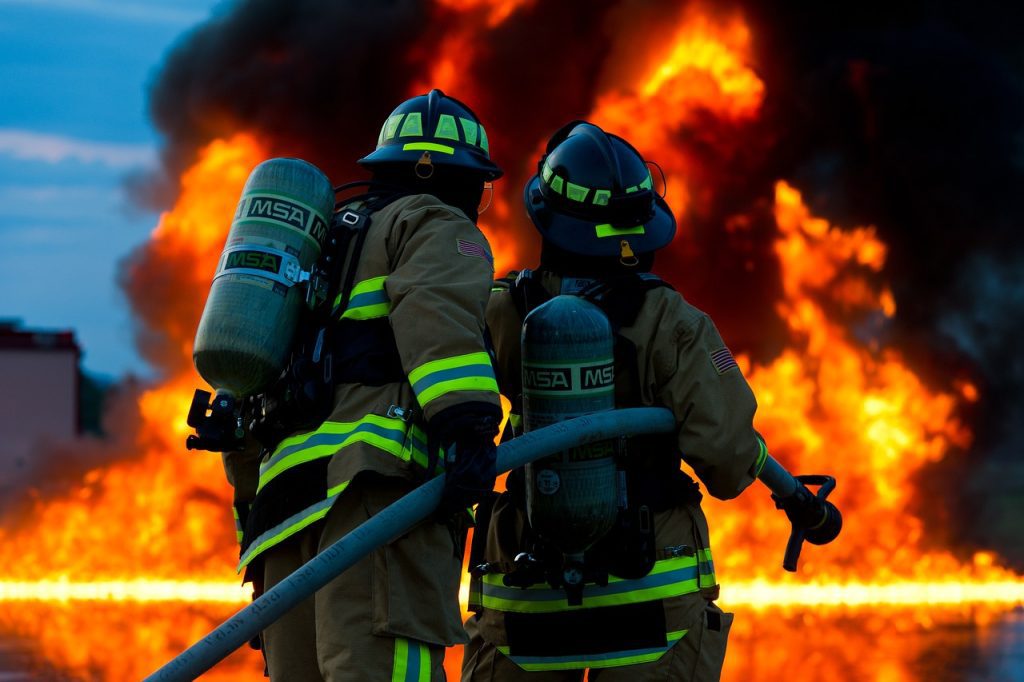A Guide to the Uses and Benefits of Vulcanised Rubber

Vulcanised rubber is a material that has been used for generations. In fact, a primitive form of rubber products boasting the physical properties attributed to the vulcanisation process can be dated back thousands of years.
This guide to the purpose and benefits of vulcanised rubber will allow you to make full use of it.
Some of the key questions answered in this guide to vulcanised rubber include;
What is vulcanised rubber and its key properties?
What are the stages of vulcanisation?
When is vulcanised rubber used?
What are the benefits of vulcanised rubber?
Table of Contents
What are the key properties of vulcanised rubber?
The vulcanisation of rubber is defined by ScienceDirect as “a chemical process in which the rubber is heated with sulphur, accelerator and activator at 140–160°C”. The term vulcanisation is named after the Roman god of fire.
It is a treatment of natural rubber that impacts the elastomers within the material by creating cross-links between sections of a polymer chain. In turn, the rubber compounds take on the following properties;
Great durability and rigidness,
Elasticity and a low water absorption rate,
High tensile strength and abrasion resistance.
This type of synthetic rubber can be created through a variety of techniques that have minor contrasts, such as using peroxide and metal oxides. Ultimately, though, modern vulcanisation is attributed to separate breakthroughs from inventor Thomas Hancock and Charles Goodyear (who Goodyear tyres are named after).
In fact, the material we now use only surfaced after Goodyear accidentally dropped rubber and gum on a hot stove while Hancock was responsible for noting the sulphur found during the curing process.
What are the stages of vulcanisation?
Vulcanising rubber through modern processes includes three distinct stages. Firstly, the induction stage also referred to as scorch, is used to heat the rubber and begin the slow cross-linking reaction. However, the rubber must be shaped and moulded before this happens.
The second phase is known as the curing stage. The temperature is increased once more to create faster cross-linking, which leads to permanent cross-links. This is followed by the third and final phase, the optimum state, which is when the rubber returns to its original length following deformation cycles.
So, the process involves heating the material at lower temperatures before moving to higher temperatures to produce a solution that boasts high resistance and elastic properties while maintaining its original shape.

What benefits are gained from the vulcanisation of rubber?
Synthetic rubbers that have been treated courtesy of the vulcanisation process do not decompose as well as natural rubbers, which may be considered one downside by environmentally-conscious manufacturers. However, the material can biodegrade at a high enough temperature.
Crucially, curing elastomers and creating links in the polymer chains allows common vulcanised rubber to retain many of the key attributes associated with natural rubber while simultaneously losing the molecular-level drawbacks.
The vulcanisation treatment sees the rubber shrink while maintaining its desired shape and integrity. In turn, several benefits are seen. Notable examples include;
It becomes less prone to damage,
The rubber is resistant to organic solvents,
It becomes a better electrical insulator,
The rubber is better suited for refurbishment or repurposing.
Better still, the process is a very affordable way of turning rubber into a more durable product. As such, vulcanised rubber is manufactured worldwide. This type of rubber is also a far better solution than synthetic materials made from more damaging processes.
The uses of vulcanised rubber
Vulcanised rubber based on the processes popularised by Charles Goodyear provides many benefits compared to non vulcanised rubber. It is subsequently used for a range of purposes, including but not limited to;
Car tyres – although carbon black is also added for greater strength,
Toys – especially those that need hard wearing rubber elements,
Conveyor belts and rubber lined tanks – especially in manufacturing,
Shock absorbers and vibration dampers – in consumer goods and manufacturing,
Shoe soles – particularly for hard wearing workwear shoes.
Rubber hoses – including both industrial and commercial products.
It should be noted that the volumes of sulphur and other additives used in the process will be determined by the proposed application. For example, rubber bands are <3% sulphur while tires are between 3% and 10%.
Thanks to the fact the rubber retains its original shape while gaining extra durability, it can deliver the desired results for years to come.



Final word on treating natural rubber with vulcanisation
Vulcanisation is a relatively simple chemical process that can be made by treating natural rubber with sulphur or other curatives like peroxide and metal oxides. In turn, you are left with a durable and waterproof fabric that’s suited to a long list of functions.
Here at WC MUNSCH & CO, we complete in-house processes to treat natural materials from the rubber tree to create a reliable synthetic rubber for your intended purpose.
To learn more about the process and the uses of vulcanised rubber, get in touch today.
If you need any help or advice simply give us a call or fill in the enquiry form and one of our technical team will help you out.
